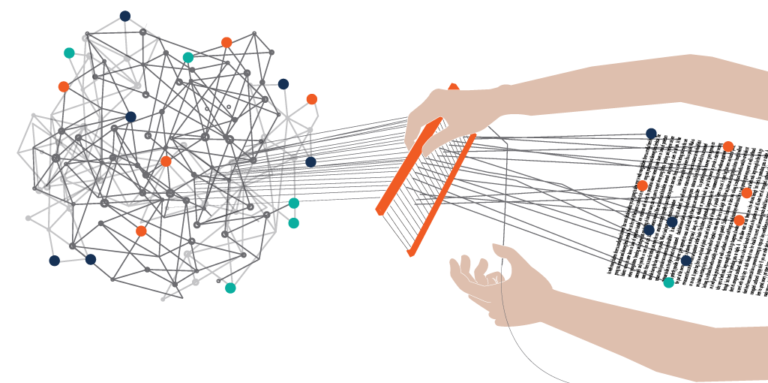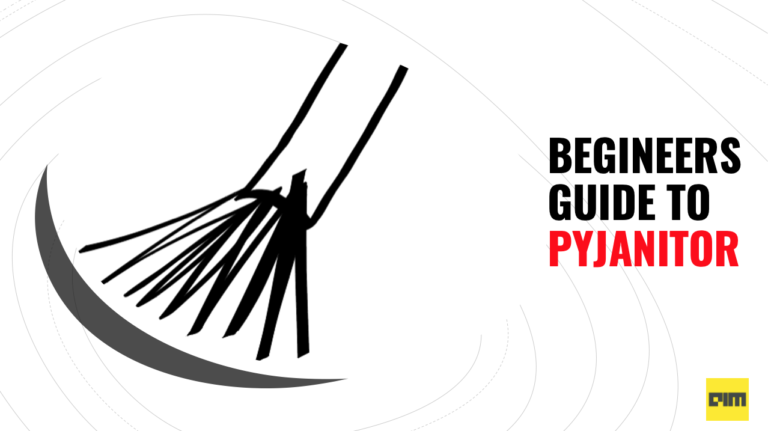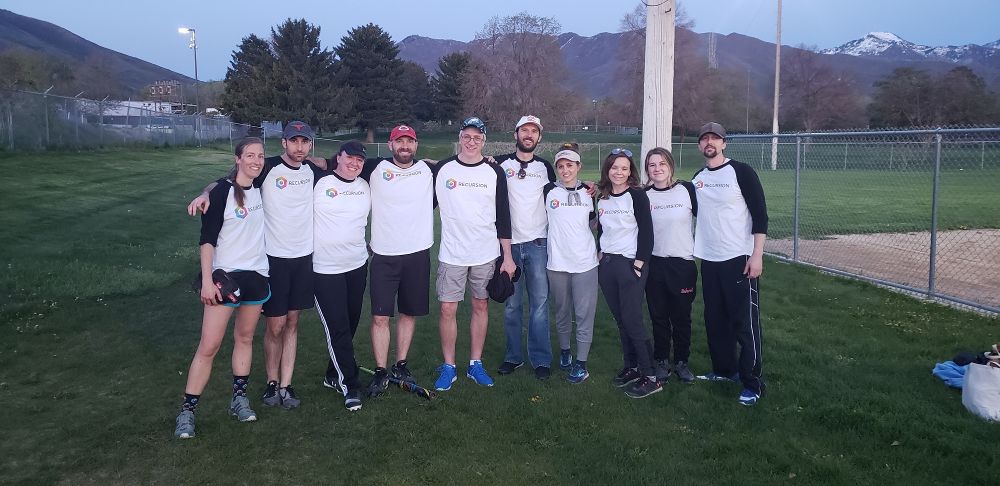The data science industry has undergone major disruptions in the last few years, and this has led to a veritable shift in the hiring practices of most companies. There is a growing desire to mine the vast trove of data available today for insights, driving the strong demand for data science professionals today.
This should come as no surprise given that the industry has grown to $3.03 billion in size and is expected to double by 2025.
The career potential, thus, sounds promising. But what exactly does a data scientist do? Although their work is highly interdisciplinary by nature and project-oriented, we have attempted to capture what a typical day at work would look like for them. Through examples, we have come to understand that although the role of each data scientist may differ, these accounts still provide valuable insights to those interested in entering this field.
It’s All About The Data
Like every other professional, the day of a data scientist will be dotted with emails to answer and meetings to attend. But this is where the similarities end. Unlike in most jobs, each day throws up new challenges and unique problems for a data scientist. This comes in the form of varied projects, and that in turn changes with the industry they operate in.
But despite the flux, what ties together each workday for them collectively are data-related tasks. Depending on your profile, you will either be – broadly speaking — pulling data, shaping it, merging it, or analysing it — all with the end goal of solving problems for businesses. This is accomplished by using a wide variety of tools that look for patterns or trends within a given data set, and trying to simplify data problems.
“While there isn’t a typical work-day routine I could ever follow, I’ve observed that most of my time is spent in thinking up and experimenting with creative solutions for the problem of the day. This often involves reading several research papers to understand diverse approaches and help generate new ideas.
Our data science team works on a tremendous amount of unstructured public web data, which includes both text and images. My role is almost exclusively focused on analysing text data across a variety of languages, which happens to be one of my key areas of interest.
My current focus is primarily on Named Entity Recognition, while I also involve myself with some engineering challenges.”
– Om Prasad Mohanty, Data Scientist at DataWeave
Since each project is unique, most data scientists typically allow initial findings to guide them to the next steps. To sum it up, if you are flexible, open-minded, adaptable, and are ready to solve problems and embrace complexity, then a typical day of a data scientist should fit you just fine.
Collaborating With People
It is important to remember that although a data scientist essentially works with data, their role is not limited to coding, math and statistics. Everything they do is largely driven by a business need, and this necessitates being able to understand client needs and the ability to help stakeholders understand the implications of their decisions.
“A typical day for me would involve a wide variety of tasks. These include discussions with clients or functional teams to identify opportunities, prototyping and designing proof of concepts for extracting new business outcomes, and experimenting with new models and methods for business applications.
It is my responsibility to translate a client’s business problem into a solution using data science, and therefore, a chunk of my time goes in interacting with clients to formulate a data science solution. This role also entails keeping abreast with the changes in the field and experimenting on how those new methods can add value to a client’s business portfolio.”
-Thomas Joseph, Senior Data Scientist at Aspire Systems
As emphasised in the first point, the primary task of a data scientist is to be problem-solvers, and that cannot be achieved in silos. A typical day would involve engaging with stakeholders at multiple levels to determine the questions that need pointed answers. Not just that, it is their job to come up with different approaches to solve these problems.
As a subset of this, it also involves spending time building relationships across departments and seeking new projects. These conversations often open doors to more opportunities, as well as greatly help in simplifying findings to people who are not data experts.
“I spend around 20 minutes writing down the plan for the day, which saves me a lot of mental resources. I push to get all my meetings scheduled together in the first 3 hours, during which I also complete responding to emails and messages. I take a nap post-lunch to recharge myself for the most productive part of the day.
I spend around an hour every day analysing the data, which could be either data cleaning or feature engineering or researching for additional data. It’s more important that effort shouldn’t be wasted solving problems that have already been solved. For this reason, reading research papers to keep up with developments is very important for every data scientist.
I am also a corporate trainer and also do occasional faculty development programs. This involves preparing presentations and writing code for demos used in workshops.
Over the last few months, I became active on the Kaggle platform, and a lot of my learning comes from Kaggle resources and notebooks. I am also very active in building data science communities in Bangalore and Mysore. We have meetings around 9 pm with the team every day to have discussions regarding organising community events.”
– Usha Rengaraju , Data Science Consultant
Keeping Up With The Field
While it is established that working with data and collaborating with others will make up a large part of your typical day at work, the rest of your day will be spent on research and development, which will eventually funnel into developing and testing new algorithms, developing predictive models, and building data visualisations.
There is no dearth of new information as data scientists figure out ways to solve problems. This finds them spending a good amount of time reading industry-related blogs, following key newsletters and participating on several discussion boards. As elaborated here, some also contribute to the open-source projects available on platforms like GitHub. Some will also attend conferences from time to time to build their network as well as knowledge.
“After reaching office around 11 AM, the first thing I do is check my emails. After that, I check the condition of machine learning (ML) models that I have deployed, to see if they are working as expected and if their predictive performance is above a certain threshold.
If something is wrong, I will fix them immediately and then move on to some R&D tasks. Here, I attempt to answer questions like — how can I improve the performance of my current ML models?, etc. Following this, around 1 PM, I sit with senior colleagues to discuss the progress of some of the projects I’m involved in. I have a similar discussion with interns who work with me as well, and I try to solve their problems.
After this, I will resume my R&D task for the long-term goal of improving the performance of my ML models in real time predictions. Around 5 PM, I try to plan what I should be working on in the coming weeks. After that, I will attend some meetings and share my thoughts with the larger team. Lastly, right before I check out, I check codes and pipelines for ML models.”
-Prashant Kikani, Data Scientist at Embibe









































